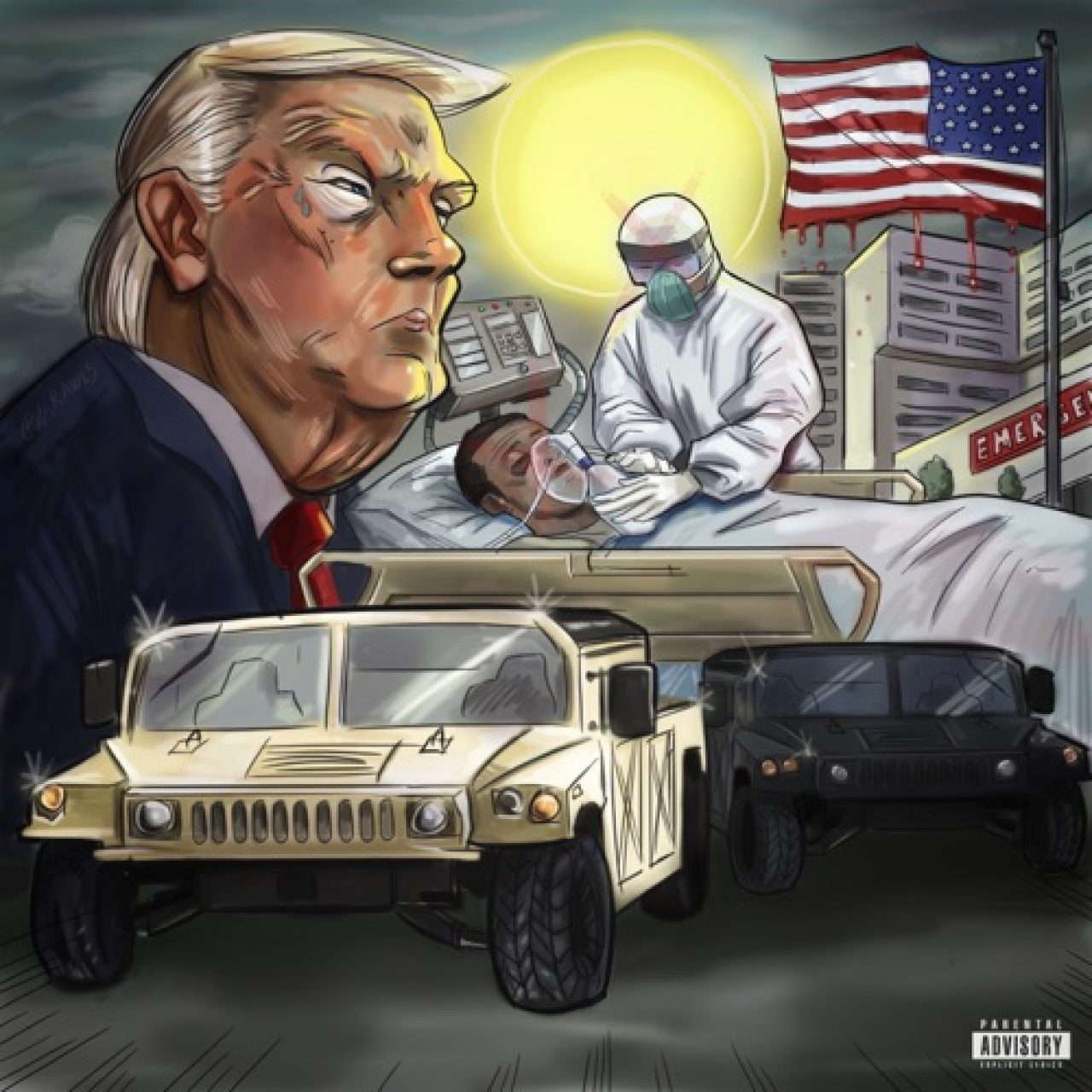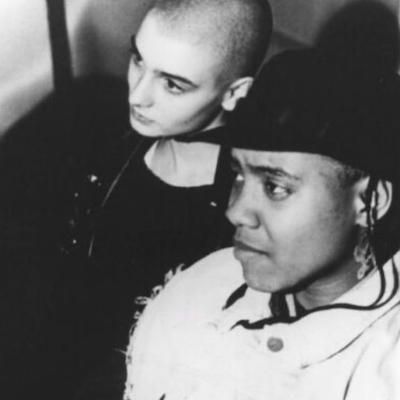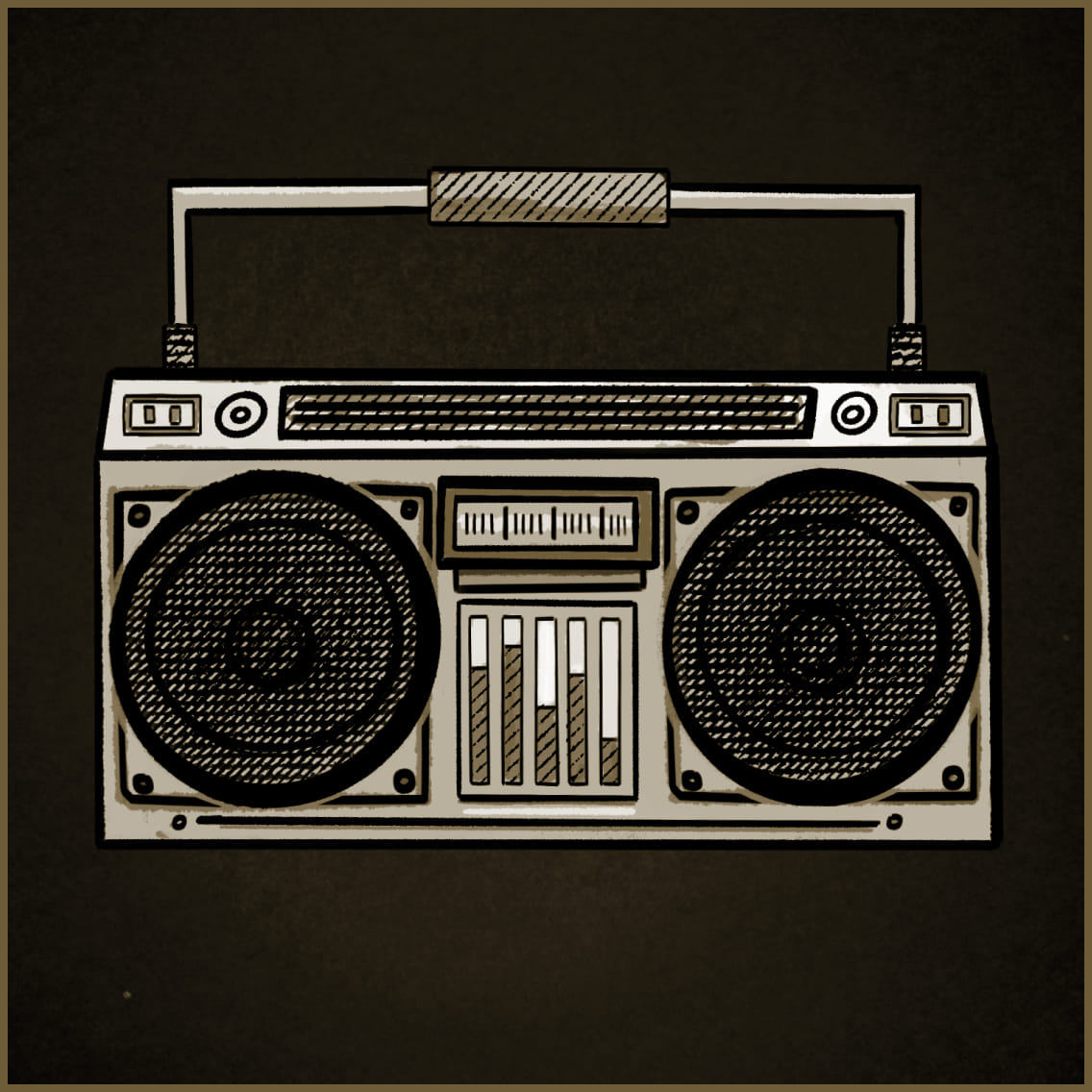
Historically speaking, hip-hop artists have an uneven record of capturing the real-life horror of current events. Chuck D may have famously said that the genre was “black America’s CNN.” In the late 80s and early 90s, when artists took months (if not years) to absorb traumatic events like the murder of Huey Newton and the on-camera police beating of Rodney King before issuing aesthetic responses, he may have been right.

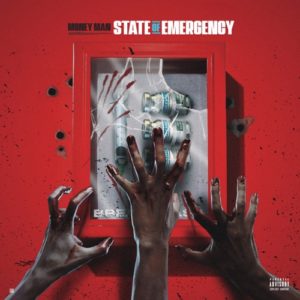
This year, the most compelling response so far to the still-unfolding coronavirus pandemic has been visual. Album images depicting now-common signifiers like medical masks and biohazard gear have flourished. The trend began slowly in March with Money Man’s mixtape art for Pandemic and State of Emergency. (The music itself sticks to the Atlanta artist’s chosen form of wealth-building melodic raps.) It has continued to build throughout April. At the moment, it’s not uncommon for at least a handful of artists to drop coronavirus-themed art each week.
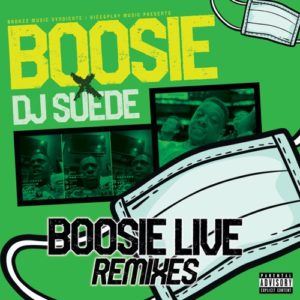
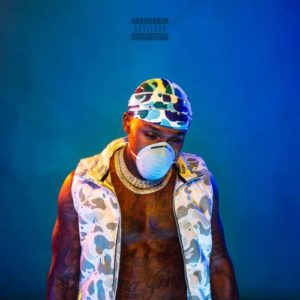
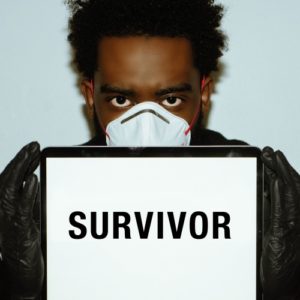


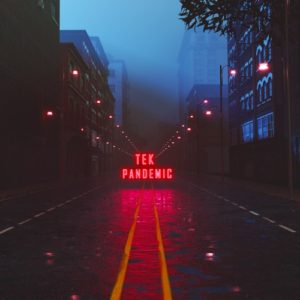
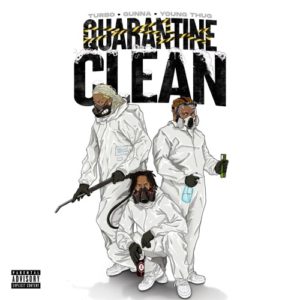

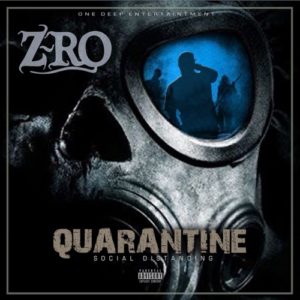
There have been songs, too, in the form of earnest freestyles and on-topic loosies. Cumulatively, they don’t hold the same power as album art that demonstrates in bold terms how the ongoing fallout of the pandemic has infiltrated the collective imagination. The increasingly omnipresent masks, the unevenly applied shelter-in-place orders, and the social-distancing edicts make for a new and tragically shared language.
This month, the trend is building to an imaginative peak. On April 24, Young Dolph not only issued a new single, “Sunshine,” that showed the grotesque specter of the U.S. president hovering over a black hospital patient strapped to a ventilator; he also issued redesigned art from his peak-era mixtapes with the now-synonymous masks. Dolph’s project is the latest example of how Black creativity has taken strangely wonderful forms in recent weeks, whether it’s D-Nice’s surprisingly popular “Club Quarantine” or Swizz Beatz and Timbaland’s conversation-starting #Verzuz series of beat battles on Instagram. Unfortunately, none of the art shown here include readily accessible authors. One byproduct of the streaming age is that it’s nearly impossible to find post-production credits for graphic design, photography and illustration. Occasionally, a rapper (or someone from his inner circle) will volunteer that information on social media. However, scrolling through Instagram mentions and tweets is outside the scope of this article. With luck, artists and industry alike will spend more attention on the visual dynamism of hip-hop in the streaming era.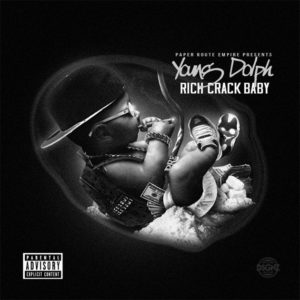
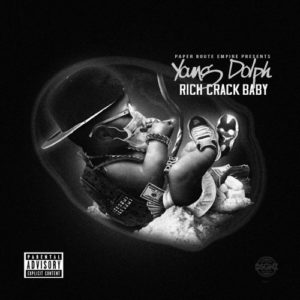
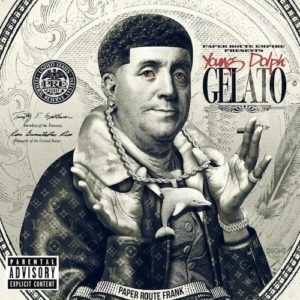
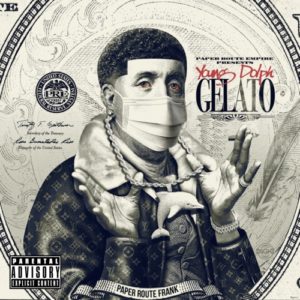
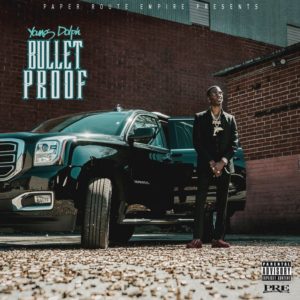
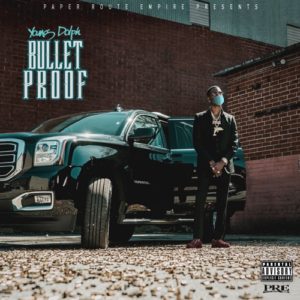
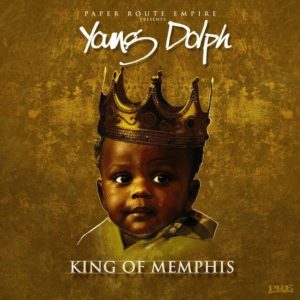

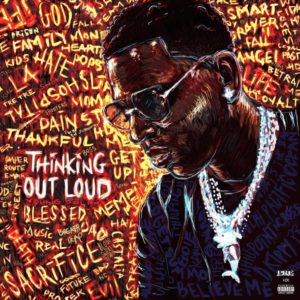
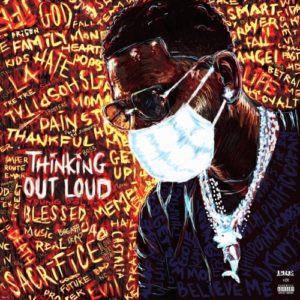
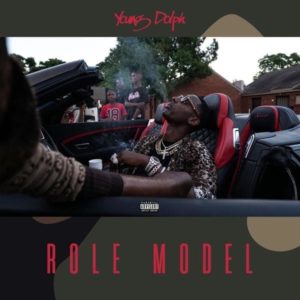
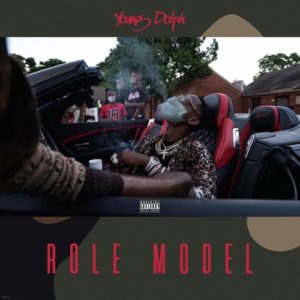
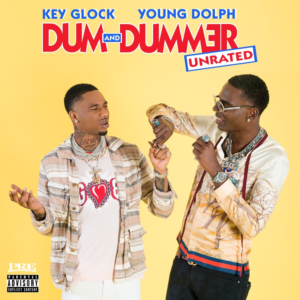

Originally published on criticalminded.com. This post has been updated.
Humthrush.com will always be free to read and enjoy. If you like my work, leave a tip at Ko-fi.com/humthrush.